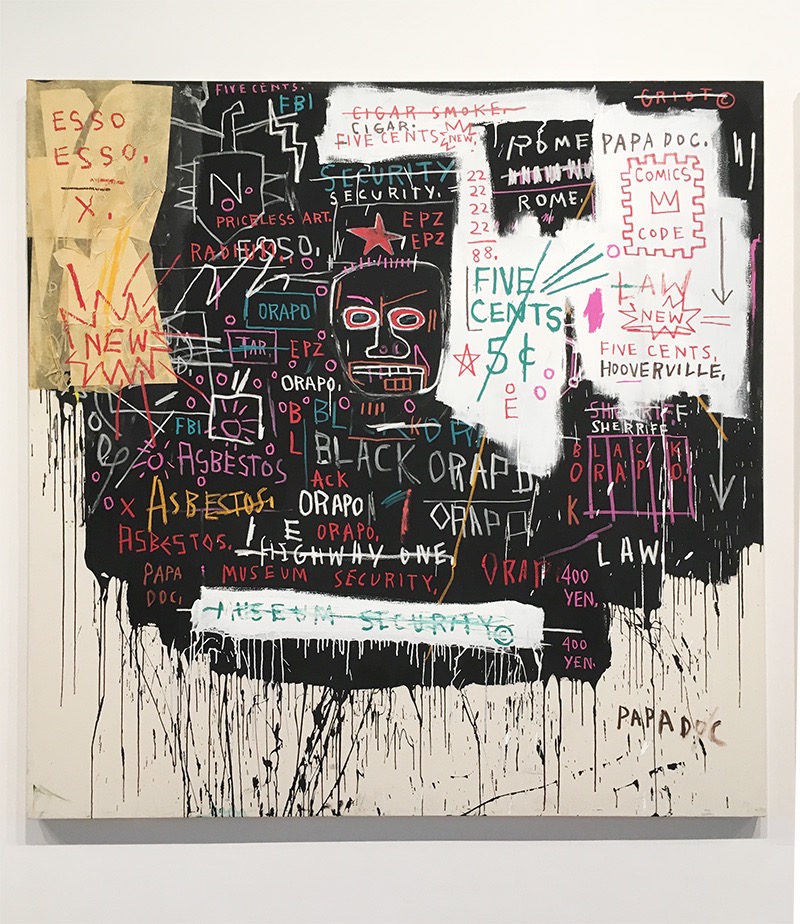The art market is witnessing a period of deceleration as collectors opt to hold onto their treasures rather than sell them at auctions. Sales at top auction houses like Christie’s and Sotheby’s have significantly decreased this spring as seasoned collectors navigate an uncertain economy.
The mid-market segment, which encompasses artworks priced under $1 million remains attractive to millennial buyers. In response to changing market dynamics, auction houses are increasingly shifting their focus to online sales and engaging younger audiences through social media.
Christie’s reported a 23% drop in overall sales during the first half of the year, while Sotheby’s saw a 7.8% decrease in auctioned art. Phillips, on the other hand, experienced a significant blow with a 39% drop in sales compared to the previous year. However, Bonhams, a London auctioneer specializing in lower-priced luxury objects and collectible cars, managed to achieve a 32% sales increase.
Auction houses are adapting to the changing art market by rebranding to appeal to a more contemporary audience. Christie’s, for instance, has shifted its online sales to Saturdays, targeting younger collectors who have more leisure time. They are also employing music-filled videos on social media to generate excitement for upcoming auctions.
Christie’s is also exploring the potential of the secondary market for digital art, focusing on areas where nonfungible tokens (NFTs) remain in demand. The aim is to encourage NFT collectors to broaden their interests to encompass physical artwork as well.
Despite the challenges, art industry professionals expect auction houses to continue adapting and embracing online to maximize their reach and engage a broader audience.
Featured Image: Jean-Michel Basquiat, Museum Security/Broadway Meltdown (1983)



